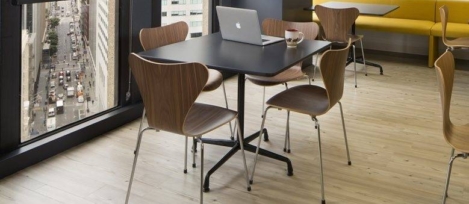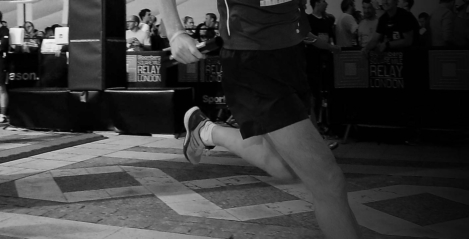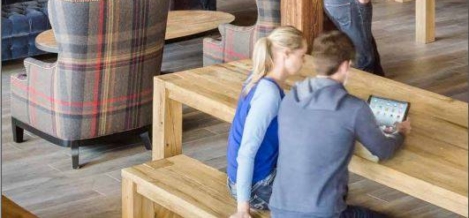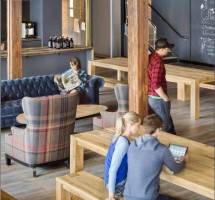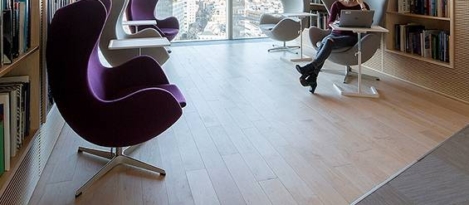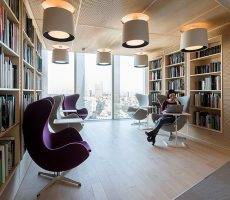September 19, 2016
North America leading the way in adopting healthier buildings 0
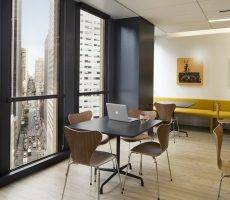 While building owners, developers, managers and investors in North America are showing increasing interest in practices that prioritise the physical, mental and social well-being of tenants and occupants, European buildings have fewer spaces created with wellness in mind. The Drive Toward Healthier Buildings 2016, by Dodge Data & Analytics and the World Green Building Council, produced in partnership with the Canada Green Building Council and Delos, says the top five healthier building features currently in use include better lighting, products that enhance thermal comfort, spaces that enhance social interaction, enhanced air quality and products that enhance acoustical comfort. However, in an analysis of global trends in health and wellbeing, European respondents reported less frequent use of spaces that enhance tenant mood, spaces that enhance social interaction or spaces that create opportunities for physical activity than their North American or Asian counterparts.
While building owners, developers, managers and investors in North America are showing increasing interest in practices that prioritise the physical, mental and social well-being of tenants and occupants, European buildings have fewer spaces created with wellness in mind. The Drive Toward Healthier Buildings 2016, by Dodge Data & Analytics and the World Green Building Council, produced in partnership with the Canada Green Building Council and Delos, says the top five healthier building features currently in use include better lighting, products that enhance thermal comfort, spaces that enhance social interaction, enhanced air quality and products that enhance acoustical comfort. However, in an analysis of global trends in health and wellbeing, European respondents reported less frequent use of spaces that enhance tenant mood, spaces that enhance social interaction or spaces that create opportunities for physical activity than their North American or Asian counterparts.





